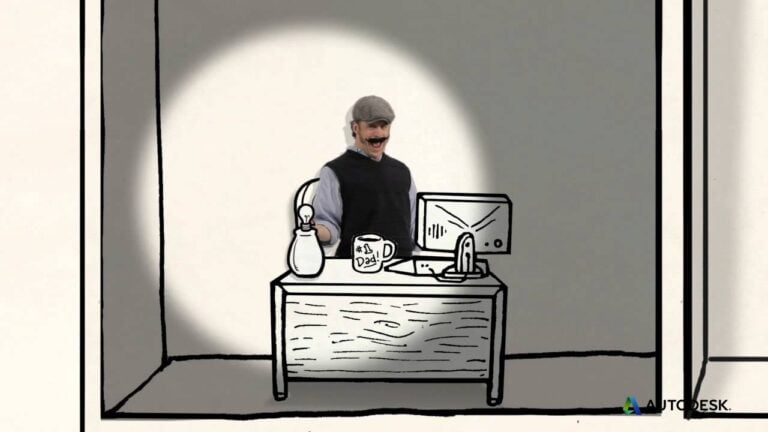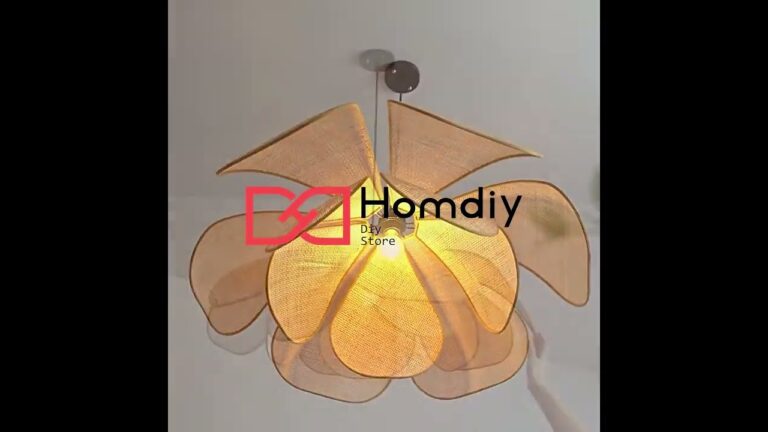Looking to brighten up your space while also reducing your carbon footprint? Sustainable lighting design is the answer. By incorporating energy-efficient LED lights, utilizing natural light sources, and implementing smart lighting controls, you can create a more environmentally friendly and cost-effective lighting solution for your home or office. Say goodbye to wasteful incandescent bulbs and hello to a brighter, greener future with sustainable lighting design.
Advantages
- Energy efficiency: Sustainable lighting design uses energy-efficient bulbs and fixtures, reducing electricity consumption and lowering utility bills.
- Environmental impact: By using sustainable lighting design, fewer resources are consumed and less waste is produced, resulting in a smaller environmental footprint.
- Longevity: Sustainable lighting fixtures are designed to last longer, reducing the need for frequent replacements and contributing to a more sustainable lifestyle.
- Health benefits: Proper lighting design can improve mood, productivity, and overall well-being, promoting a healthier living environment.
- Cost savings: While sustainable lighting design may require an initial investment, the long-term savings on energy costs and maintenance expenses can lead to significant cost savings over time.
Disadvantages
- Upfront costs: Implementing sustainable lighting design can require a significant initial investment in energy-efficient lighting fixtures and technologies, which may be cost-prohibitive for some individuals or businesses.
- Limited availability of sustainable lighting options: While the market for sustainable lighting options is growing, there may still be a limited selection of fixtures and technologies available, which could make it challenging to find the right solution for a specific space or design aesthetic.
What are the ways to make lighting sustainable?
Lighting can be sustainable by utilizing natural sources such as daylight and solar lamps, as well as implementing technologies like occupancy sensors to control lighting usage. These methods not only reduce the reliance on non-renewable energy sources but also help to minimize energy consumption and carbon emissions. Additionally, the use of energy-efficient technologies like light-emitting diodes (LEDs) can significantly decrease the energy required for lighting, further contributing to sustainability efforts.
By focusing on sustainable lighting solutions such as daylight harvesting, solar lamps, and energy-efficient technologies like LEDs, the environmental impact of lighting can be minimized. These methods not only reduce energy consumption and carbon emissions but also promote the use of renewable energy sources. Embracing sustainable lighting practices not only benefits the environment but also helps to create more energy-efficient and cost-effective lighting solutions for the future.
Which type of lighting is the most environmentally friendly?
Make the switch to LED lights for a more environmentally friendly lighting option. LEDs are the best choice for eco-conscious individuals and businesses, offering energy efficiency and a longer lifespan compared to incandescent or fluorescent lights.
What sustainable materials can be used for lights?
Looking for sustainable lighting materials? Look no further than recycled and recyclable options like cardboard, glass waste, plastic bottles, and salvaged wood. For a more natural touch, consider responsibly sourced materials like bamboo, wood, and shells. These environmentally friendly options not only provide beautiful illumination, but also help reduce waste and promote a healthier planet. Choose sustainable materials for a brighter and greener future.
Maximizing Energy Efficiency in Lighting Solutions
Looking to maximize energy efficiency in your lighting solutions? Look no further! Our cutting-edge LED technology offers a cost-effective and environmentally friendly option for all your lighting needs. With longer lifespans and lower energy consumption, you can enjoy bright and beautiful lighting while saving on your energy bills. Upgrade to LED today and start reaping the benefits of a more sustainable lighting solution.
Not only will LED lighting help you reduce your carbon footprint, but it will also enhance the ambiance of your space. Whether you’re looking to illuminate your home or office, our wide range of LED products can cater to all your lighting requirements. Say goodbye to flickering lights and high electricity bills, and say hello to a brighter and more energy-efficient future with our LED lighting solutions. Make the switch today and start enjoying the many advantages of maximizing energy efficiency in your lighting setup.
Designing for a Greener Future: Sustainable Lighting Techniques
As we look towards a greener future, sustainable lighting techniques play a crucial role in reducing our environmental impact. By incorporating energy-efficient LED lighting, we can significantly decrease our carbon footprint while also saving on electricity costs. These innovative lighting solutions not only benefit the environment, but also create a more visually appealing and comfortable space for occupants.
Designing with sustainability in mind means making conscious choices that minimize waste and maximize efficiency. Utilizing natural light sources, such as skylights and windows, can reduce the need for artificial lighting during the day. Additionally, incorporating motion sensors and timers can help regulate lighting usage, further reducing energy consumption. By prioritizing sustainable lighting techniques, we can create spaces that are not only beautiful, but also environmentally responsible.
Incorporating sustainable lighting techniques into our designs is a powerful way to contribute to a greener future. By choosing materials that are recyclable and energy-efficient, we can help reduce our overall impact on the planet. Through thoughtful design and innovative solutions, we can create spaces that not only look good, but also feel good knowing that we are doing our part to preserve the environment for future generations.
Incorporating sustainable lighting design not only reduces energy consumption and carbon emissions, but also enhances the overall aesthetic and functionality of a space. By utilizing energy-efficient fixtures, natural light, and smart controls, buildings can achieve a harmonious balance between environmental responsibility and visual appeal. Embracing sustainable lighting design practices is a crucial step towards creating a more sustainable future for generations to come.



